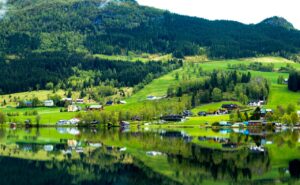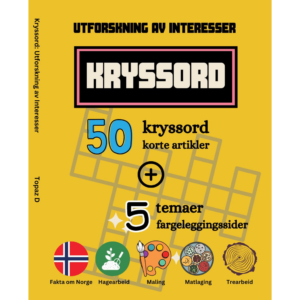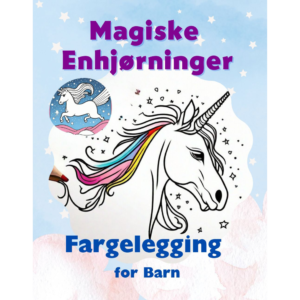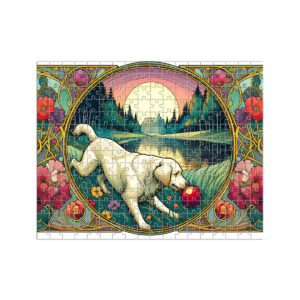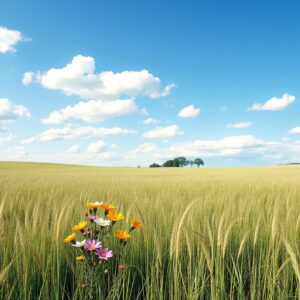
Explore & Play
Discover interesting topics and solve the accompanying crossword puzzle.
Arctic Animal Crossword | Discover Arctic Wildlife
Table of Contents
Welcome to our exploration of Arctic wildlife! Before diving into the detailed article, we invite you to challenge yourself with our Arctic animals crossword puzzle. Playing the crossword first can be a fun way to engage with the topic and test your knowledge about these fascinating creatures.
If you’re less familiar with Arctic animals or want to enhance your understanding, we recommend reading the article first to gain a solid background. Afterward, come back to the crossword for a more interactive way to reinforce what you’ve learned. Enjoy both the puzzle and the article as you discover the wonders of Arctic wildlife!
Arctic Animal Crossword
You can either fill in the crossword puzzle directly on this page or click the button in the bottom right corner to print it for free.
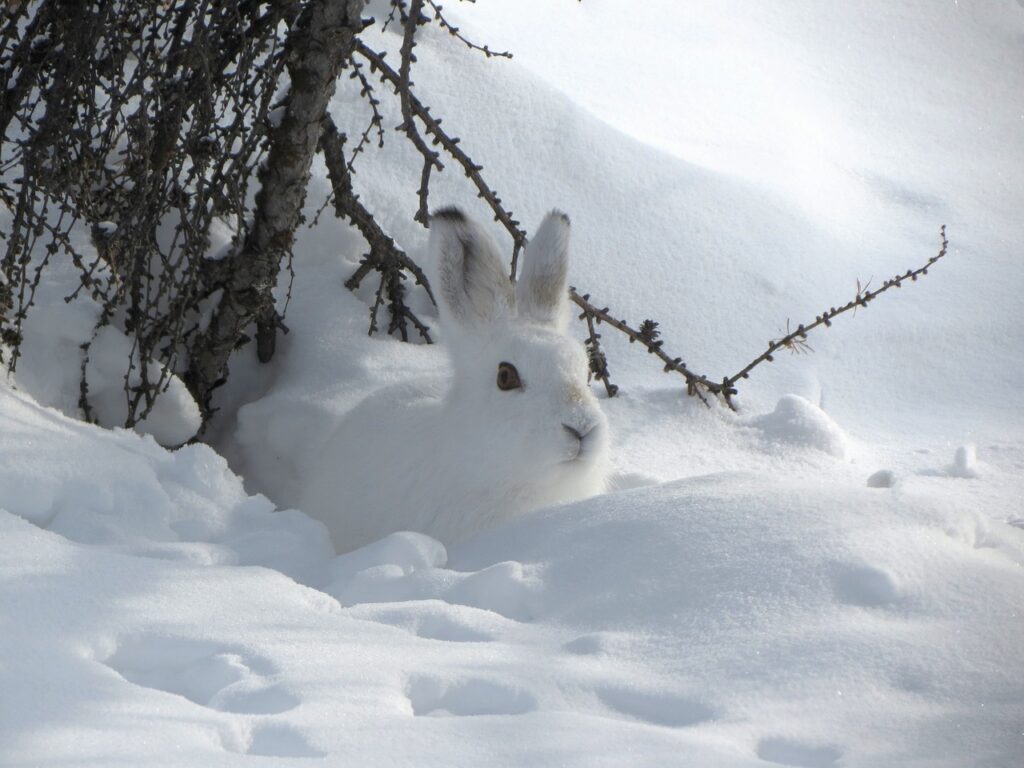
The Diversity of Arctic Wildlife: An In-Depth Exploration
Overview of the Arctic Ecosystem
To understand Arctic wildlife, it’s essential to grasp the unique characteristics of the Arctic ecosystem, which supports a wide range of species adapted to cold temperatures and seasonal changes. This section will detail the fundamental aspects of the Arctic environment that shape the lives of its inhabitants.
The Arctic Tundra
The Arctic tundra is a biome characterized by low temperatures, short growing seasons, and a layer of permafrost that shapes the environment. This harsh landscape, with its sparse vegetation and frozen ground, creates a challenging habitat for wildlife. Despite these difficulties, many species have evolved remarkable adaptations to thrive here.
- Features of the Tundra: The tundra is marked by its cold, arid conditions and a layer of permafrost that remains frozen year-round. The short growing season limits plant life to mosses, lichens, and small shrubs. During the summer, the top layer of soil thaws, allowing for a brief burst of plant growth.
- Impact on Wildlife: The cold temperatures and limited vegetation influence the types of animals that can survive in the tundra. Species like the Arctic hare and lemming have adapted to these conditions, developing insulating fur and efficient foraging techniques to endure the cold months.
Sea Ice and Ice Caps
Sea ice and ice caps are crucial components of the Arctic ecosystem, providing habitat and influencing the distribution of many Arctic species. They play a vital role in regulating the Earth’s climate and supporting marine life.
- Importance for Marine Mammals: Sea ice serves as a platform for animals such as polar bears and seals, which rely on it for hunting and breeding. Polar bears use sea ice to access seals, while seals haul out on the ice to rest and give birth.
- Effects of Climate Change: Climate change is dramatically altering the extent and thickness of sea ice, affecting species that depend on it. Reductions in sea ice threaten the survival of polar bears and seals, as they struggle to find adequate hunting grounds and breeding sites.
Iconic Arctic Mammals
The Arctic is home to several iconic mammals, each with unique adaptations that enable them to thrive in this icy habitat. From the largest predators to the smallest rodents, these animals exhibit incredible resilience.
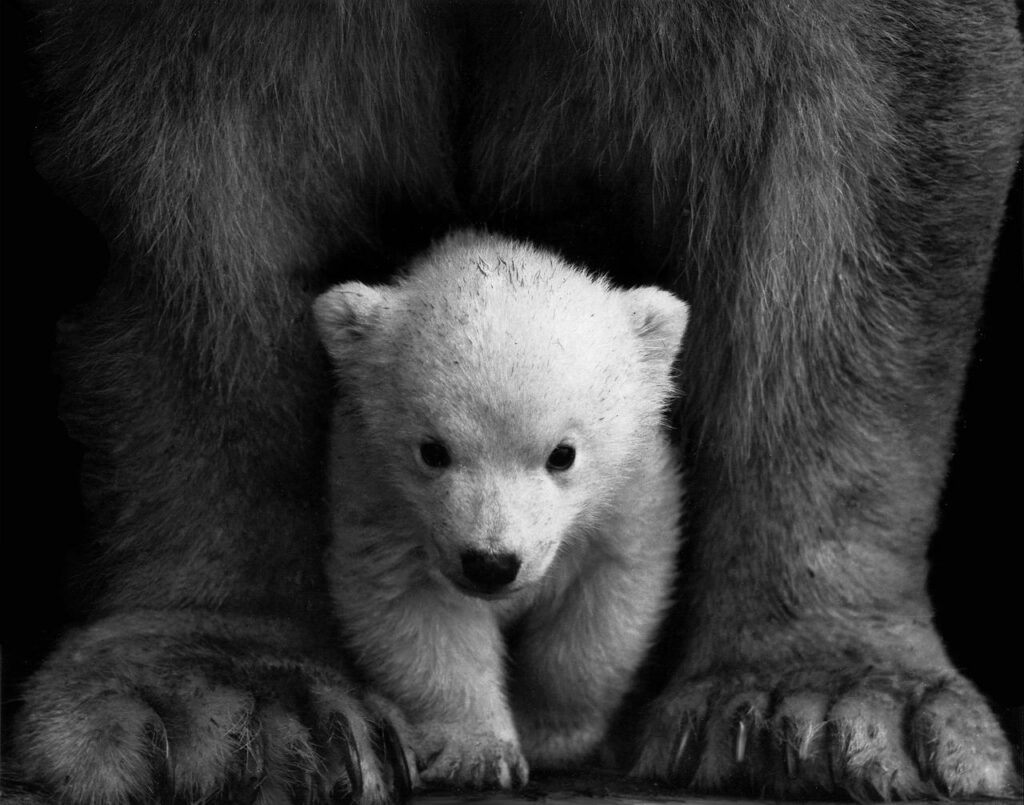
Polar Bears and Polar Bear Cubs
Polar bears, often referred to as ice bears, are the apex predators of the Arctic, relying on sea ice to hunt seals and other prey. Their powerful build and excellent swimming abilities make them formidable hunters in the Arctic waters.
- Adaptations to the Cold: Polar bears are equipped with a thick layer of blubber and dense fur to insulate against the cold. Their large paws are adapted for swimming and walking on ice, and they have an acute sense of smell to locate prey from great distances.
- Reproduction and Polar Bear Cubs: Female polar bears dig dens in the snow to give birth to their cubs, which are born small and helpless. The mother provides warmth and nourishment, and the cubs emerge from the den in the spring, ready to face the challenges of the Arctic.
Arctic Foxes and Polar Foxes
The Arctic fox, also known as the polar fox, is renowned for its remarkable adaptation to extreme cold and its ability to change fur color with the seasons. This camouflage helps it avoid predators and hunt efficiently.
- Seasonal Fur Changes: During winter, the Arctic fox sports a thick, white coat that blends with the snow, while in summer, its fur turns brown or gray to match the tundra’s appearance. This seasonal change is crucial for both predation and avoiding predators.
- Survival Strategies: The Arctic fox has a low metabolic rate, allowing it to conserve energy during the cold months. It also stores fat and caches food to survive periods of scarcity.
Musk Oxen
Musk oxen, with their thick fur and curved horns, are well adapted to the harsh Arctic environment and play a vital role in their ecosystem. These robust animals can endure extreme cold and are known for their defensive behavior.
- Physical Adaptations: Musk oxen have a dense undercoat and long outer hair that protect them from the cold. Their large, curved horns are used for defense and competition within their herds.
- Social Structure: Musk oxen live in herds that provide protection against predators. The herd’s social structure is important for raising young and ensuring survival in the challenging Arctic conditions.
Marine Mammals of the Arctic
The Arctic’s icy waters are home to several fascinating marine mammals, each adapted to life in cold, nutrient-rich seas. These animals have evolved specialized traits to thrive in their aquatic environment.
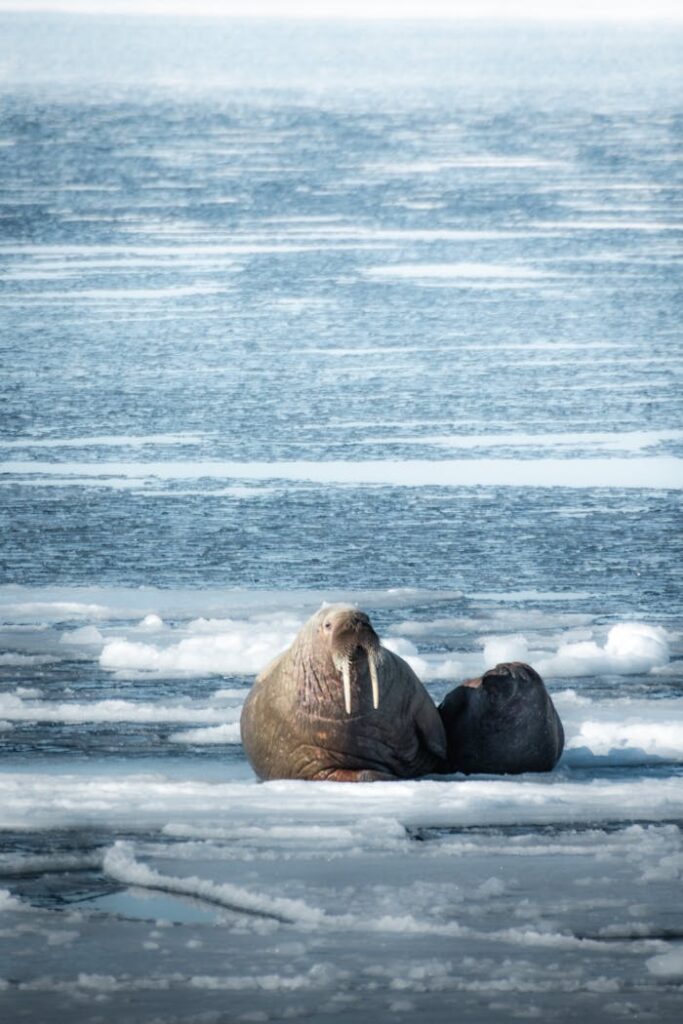
Walruses
Walruses are distinctive marine mammals known for their large tusks and whiskers, which they use to forage and interact socially. Their massive size and unique features make them a prominent species in Arctic waters.
- Role of Tusks and Whiskers: Walruses use their tusks to haul themselves out of the water and to fight with other males. Their whiskers are sensitive to touch and help them detect food on the ocean floor.
- Habitat and Behavior: Walruses typically gather in large herds on sea ice or beaches. They feed primarily on benthic invertebrates and have complex social structures that influence their behavior and interactions.
Seals and Seal Pups
Seals are among the most commonly seen Arctic marine mammals, with various species like the Weddell seal exhibiting unique adaptations to their icy habitats. Seal pups are an integral part of their life cycle.
- Adaptations for Ice and Water: Seals have streamlined bodies and flippers that make them excellent swimmers. Their blubber insulates them from the cold, and their ability to hold their breath allows them to dive deeply in search of food.
- Lifecycle and Seal Pups: Seal pups are born on the ice and are nursed by their mothers until they are strong enough to hunt on their own. The survival of the pups is closely linked to the availability of suitable ice and food resources.
Narwhals and Beluga Whales
Narwhals and beluga whales are iconic Arctic whales, with the narwhal’s long tusk and the beluga’s vocalizations distinguishing them in the Arctic marine world. These species are adapted to the icy waters and have fascinating behaviors.
- Narwhal’s Tusk: The narwhal’s tusk, which is actually an elongated tooth, can grow up to 10 feet long and is thought to play a role in mating displays and social interactions. It is also used in foraging and navigation.
- Beluga’s Vocal Communication: Beluga whales are known for their complex vocalizations, often referred to as the “canary of the sea.” These sounds are used for communication and echolocation in the murky Arctic waters.
Birds of the Arctic
The Arctic is also home to a diverse array of bird species, each uniquely adapted to the region’s cold conditions and seasonal changes. From majestic owls to colorful puffins, these birds have fascinating lives.
Snowy Owls
Snowy owls, with their striking white plumage, are well adapted to the Arctic’s snowy landscapes and play a critical role in the local ecosystem. Their presence is a symbol of the Arctic’s pristine environment.
- Hunting and Camouflage: Snowy owls use their white feathers to blend into the snowy background, making them effective hunters. They prey on small mammals such as lemmings and voles, using their excellent eyesight to locate prey.
- Breeding and Nesting: During the breeding season, snowy owls lay their eggs in ground nests, often near lemming colonies. The abundant food supply ensures that the young have a high chance of survival.
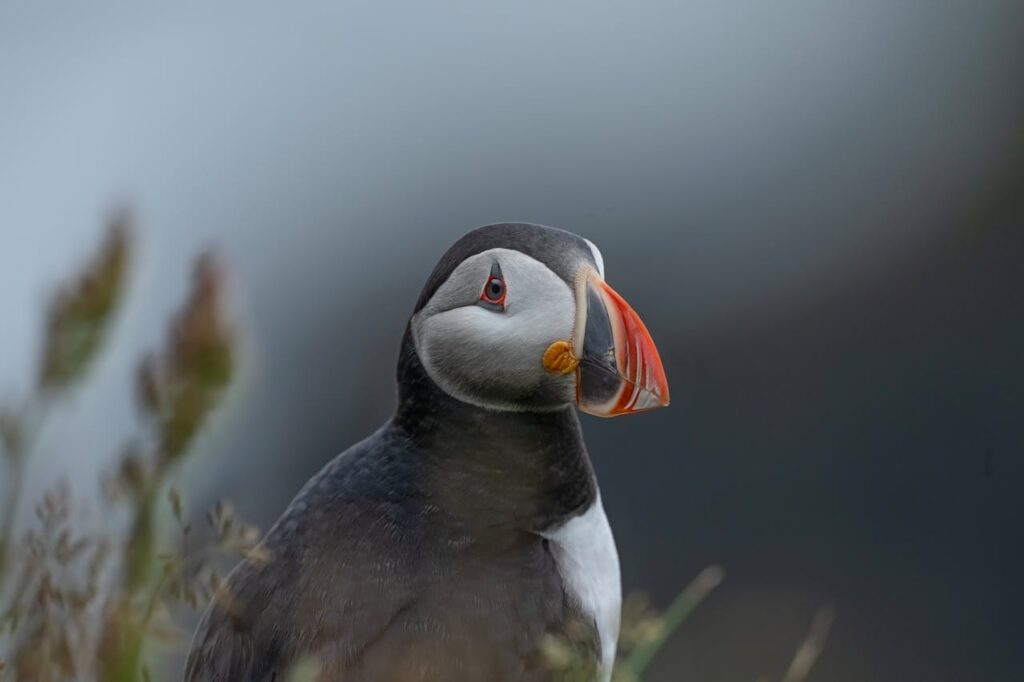
Puffins
Puffins, with their colorful beaks and distinctive appearance, are charming seabirds that breed in the Arctic and sub-Arctic regions. Their vibrant plumage and unique behaviors make them a favorite among birdwatchers.
- Breeding Colonies: Puffins form large colonies on sea cliffs where they dig burrows to lay their eggs. The colorful beaks of the puffins are most vibrant during the breeding season, playing a role in attracting mates.
- Feeding Habits: Puffins are excellent swimmers and divers, using their wings to “fly” underwater as they hunt for fish. Their diet primarily consists of small fish and marine invertebrates.
Arctic Terns
Arctic terns are renowned for their incredible migratory journeys, traveling from their Arctic breeding grounds to the Antarctic for the winter. This remarkable migration is one of the longest of any animal.
- Migration Patterns: Arctic terns undertake a round-trip migration of up to 71,000 kilometers (44,000 miles) each year, experiencing summer twice annually. This migration is driven by the need to find food and suitable breeding conditions.
- Breeding and Lifespan: During their breeding season in the Arctic, Arctic terns build nests on the ground and raise their young in the short but productive Arctic summer. Their long lifespan allows them to undertake many migrations.
Fish and Rodents of the Arctic
Beyond mammals and birds, the Arctic hosts a variety of fish and small rodents, each playing a role in the region’s ecological balance. These species contribute to the complexity of the Arctic food web.
Arctic Char and Arctic Cod
Arctic char and Arctic cod are important fish species in the Arctic waters, adapted to the cold and often serving as prey for larger animals. Their presence is crucial for maintaining the health of the marine ecosystem.
- Adaptations to Cold Water: Both Arctic char and Arctic cod have evolved to thrive in frigid waters. Their bodies are adapted to conserve heat and maintain high metabolic rates despite the cold temperatures.
- Ecological Roles: These fish are a key food source for many Arctic predators, including seals, polar bears, and seabirds. Their populations are indicators of the overall health of the Arctic marine environment.
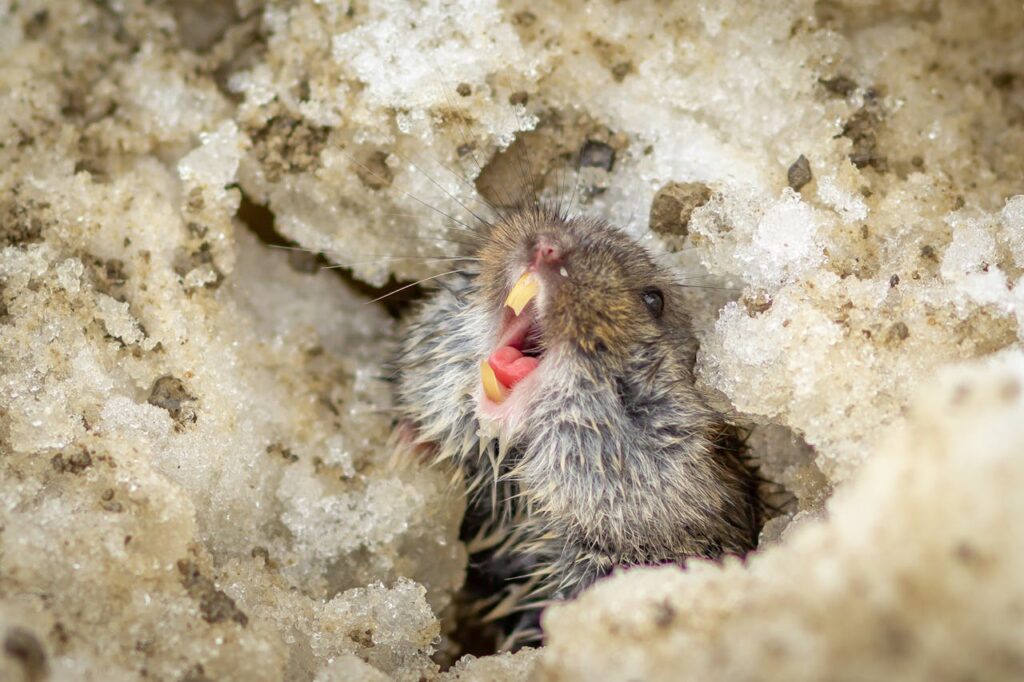
Lemmings and Snowshoe Hares
Lemmings and snowshoe hares are small mammals that contribute to the Arctic food web, with adaptations that help them survive the harsh winters. Their presence is integral to the ecosystem’s balance.
- Adaptations for Snowy Environments: Lemmings have thick fur and specialized feet that allow them to move through snow with ease. Snowshoe hares, as their name suggests, have large, fur-covered feet that help them navigate deep snow.
- Reproduction and Predation: Both species experience population fluctuations that impact their predators. Lemmings, for example, are a critical food source for Arctic foxes and owls, while snowshoe hares provide sustenance for lynxes and wolves.
Challenges and Conservation
The Arctic’s wildlife faces numerous challenges due to climate change, habitat loss, and human activities, prompting significant conservation efforts. Addressing these challenges is crucial for preserving the unique Arctic ecosystem.
Impact of Climate Change
Climate change is altering the Arctic environment, affecting sea ice coverage, temperatures, and the habitats of numerous Arctic species. The warming climate presents a significant threat to the delicate balance of the Arctic ecosystem.
- Effects on Sea Ice and Habitat: Reduced sea ice impacts species that rely on it for hunting and breeding. Polar bears, seals, and walruses are particularly vulnerable as their habitats change or disappear. Additionally, warming temperatures affect the permafrost and plant life, impacting herbivores and the predators that depend on them.
- Species at Risk: Many Arctic species are facing increased risks due to changing conditions. Polar bears and seals are struggling with shrinking ice habitats, while migratory birds face altered breeding and feeding grounds.
Conservation Efforts
Various conservation efforts are underway to protect Arctic wildlife and their habitats, addressing the impacts of climate change and other threats. These efforts aim to mitigate the effects of environmental changes and ensure the survival of Arctic species.
- International Agreements and Policies: Global initiatives such as the Arctic Council and agreements like the Paris Agreement aim to address climate change and protect Arctic environments. These agreements promote collaboration among nations to reduce greenhouse gas emissions and protect vulnerable species.
- Local Conservation Projects: On a local level, conservation organizations are working to preserve critical habitats and support research on Arctic wildlife. Projects include monitoring species populations, restoring damaged habitats, and engaging local communities in conservation efforts.
Preserving the Arctic: A Call to Action
The Arctic is a realm of incredible diversity and resilience, with its wildlife showcasing remarkable adaptations to one of the planet’s most extreme environments. As we continue to explore and understand these species, it’s crucial to support conservation efforts to ensure their survival for future generations. The beauty and complexity of Arctic wildlife demand our attention and action to preserve this unique and vital part of our planet. Don’t forget to test your knowledge with our Arctic wildlife crossword puzzle, featuring many of the fascinating animals discussed in this article.
Share to...
I hope you enjoy the content.
Want to receive our daily crossword puzzle or article? Subscribe!
You may also be interested in
Share to…
Want to receive our daily crossword puzzle?
-
Jigsaw Puzzles
Blue-Eyed Kitten Puzzle Delight 250 | 300 | 500 Pieces
kr 348,00 – kr 439,00Price range: kr 348,00 through kr 439,00 Select options This product has multiple variants. The options may be chosen on the product page -
Jigsaw Puzzles
Art Nouveau Jigsaw Puzzle with Playful Dog in Scenic Landscape 250 | 300 | 500 Pieces
kr 348,00 – kr 439,00Price range: kr 348,00 through kr 439,00 Select options This product has multiple variants. The options may be chosen on the product page -
Jigsaw Puzzles
Nordkapp Abstract Art Jigsaw Puzzle 250 | 300 | 500 Pieces
kr 348,00 – kr 439,00Price range: kr 348,00 through kr 439,00 Select options This product has multiple variants. The options may be chosen on the product page




